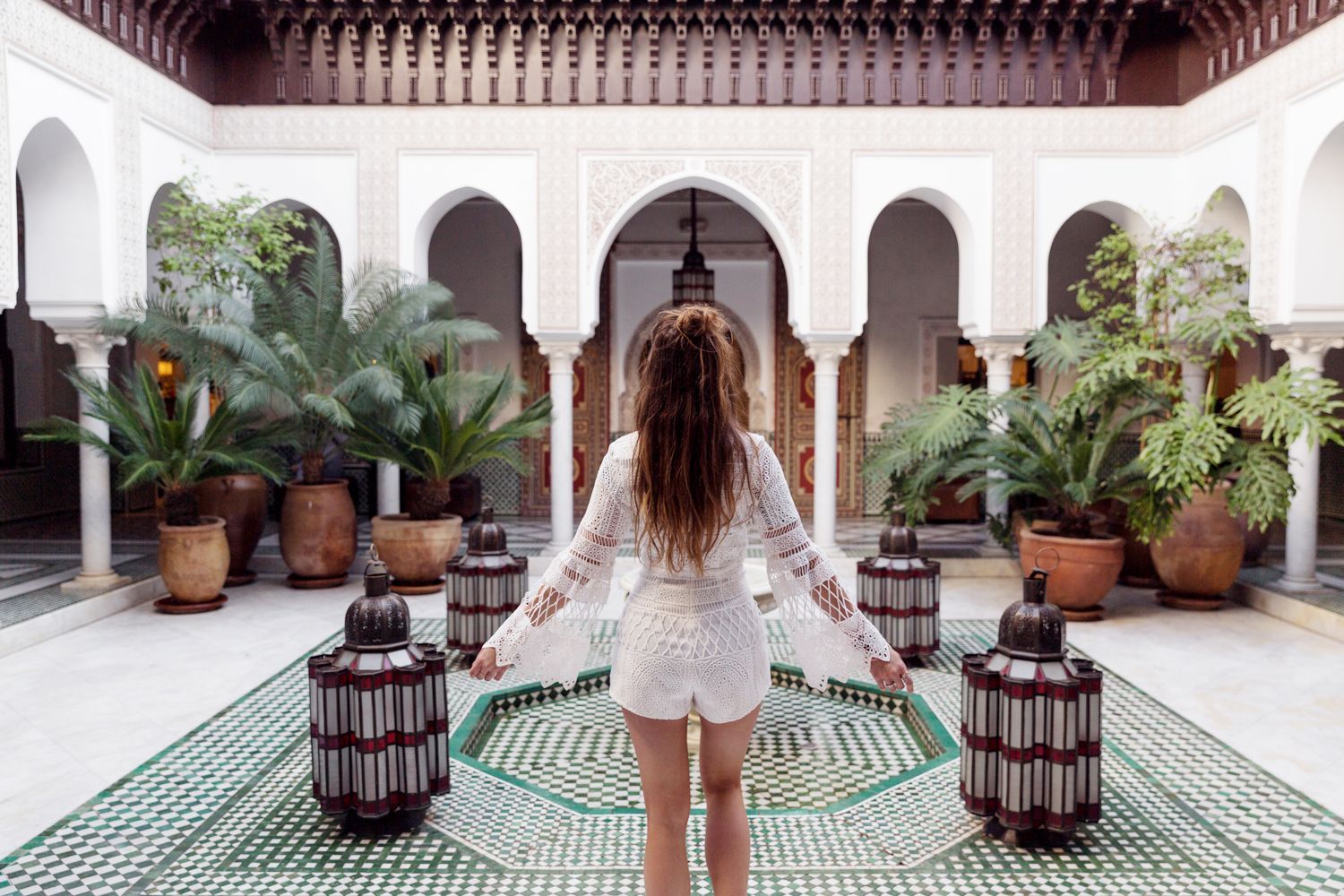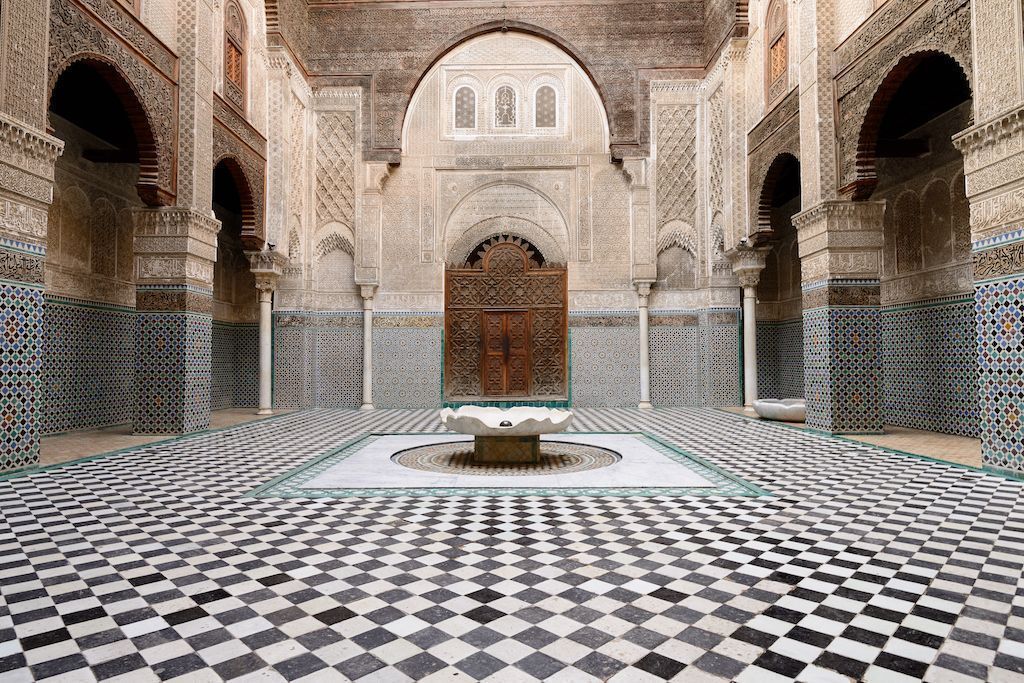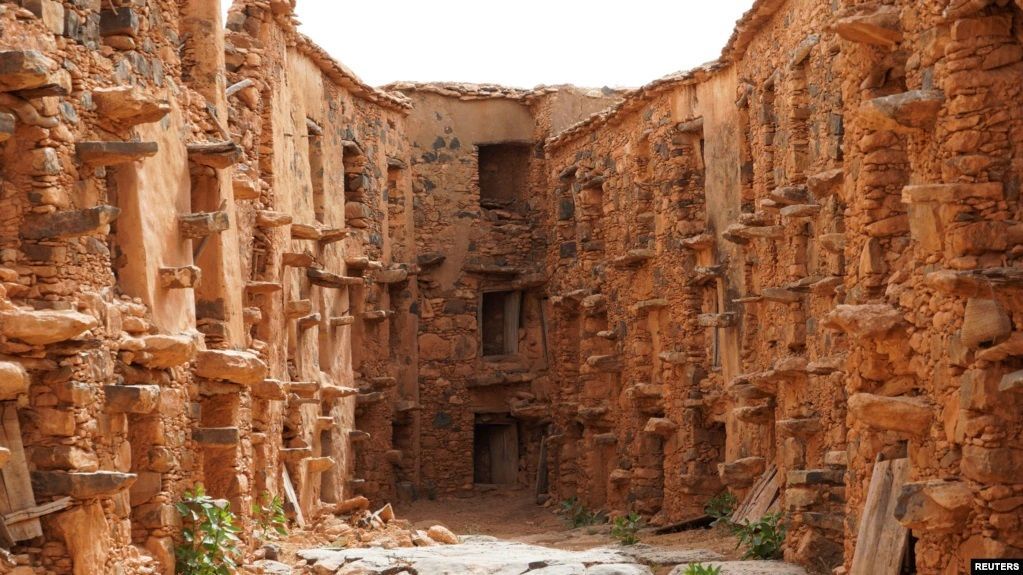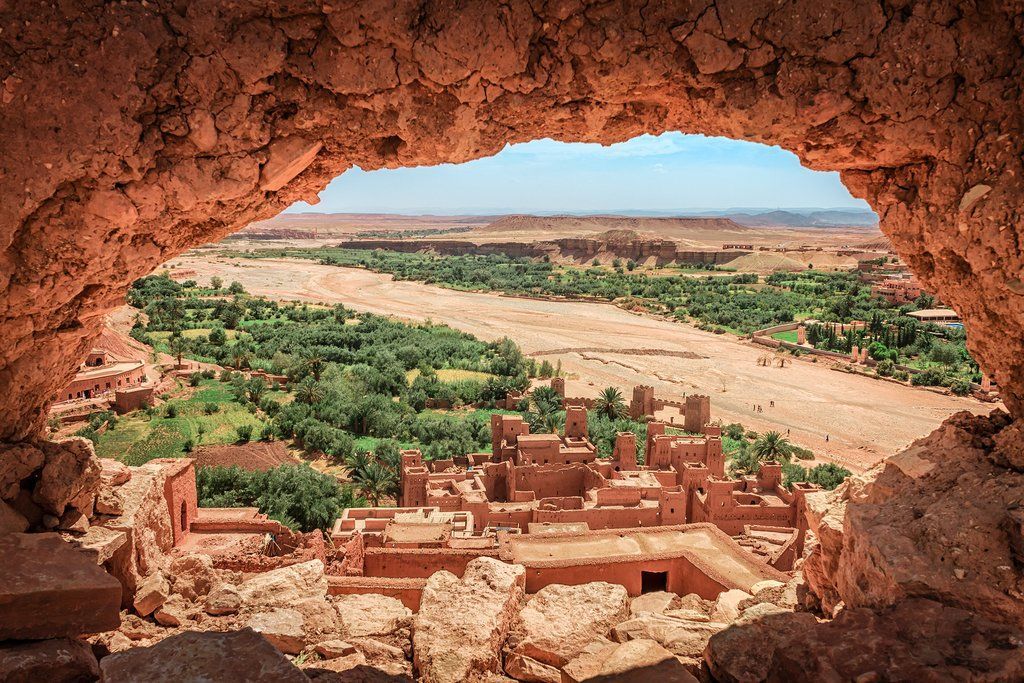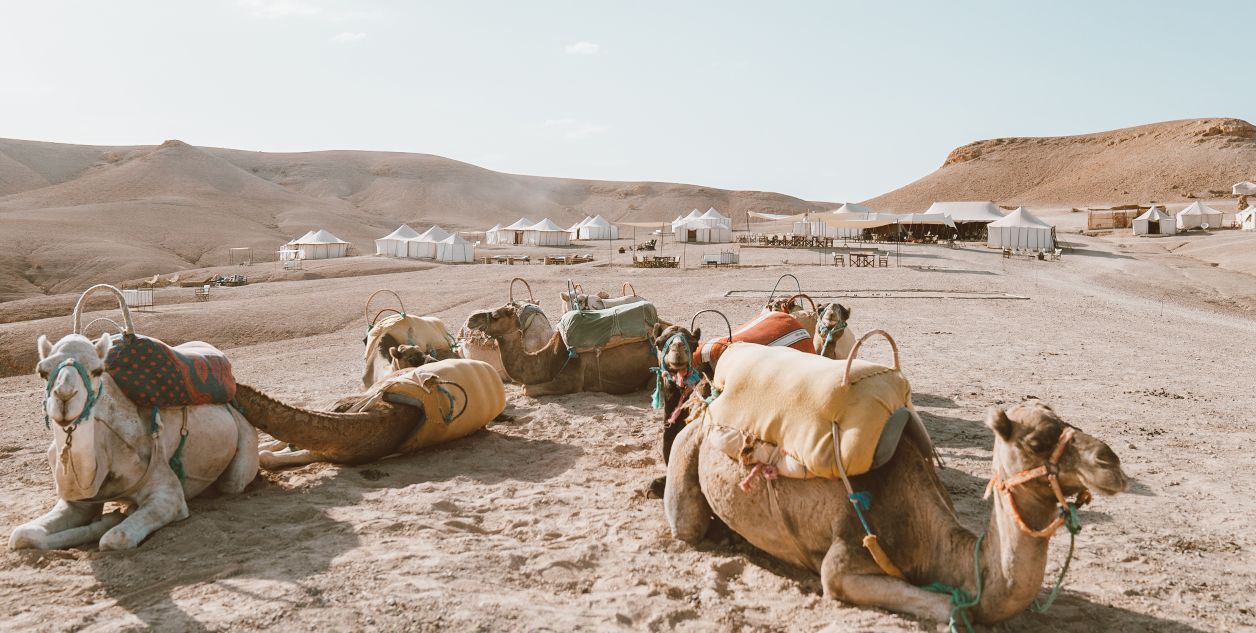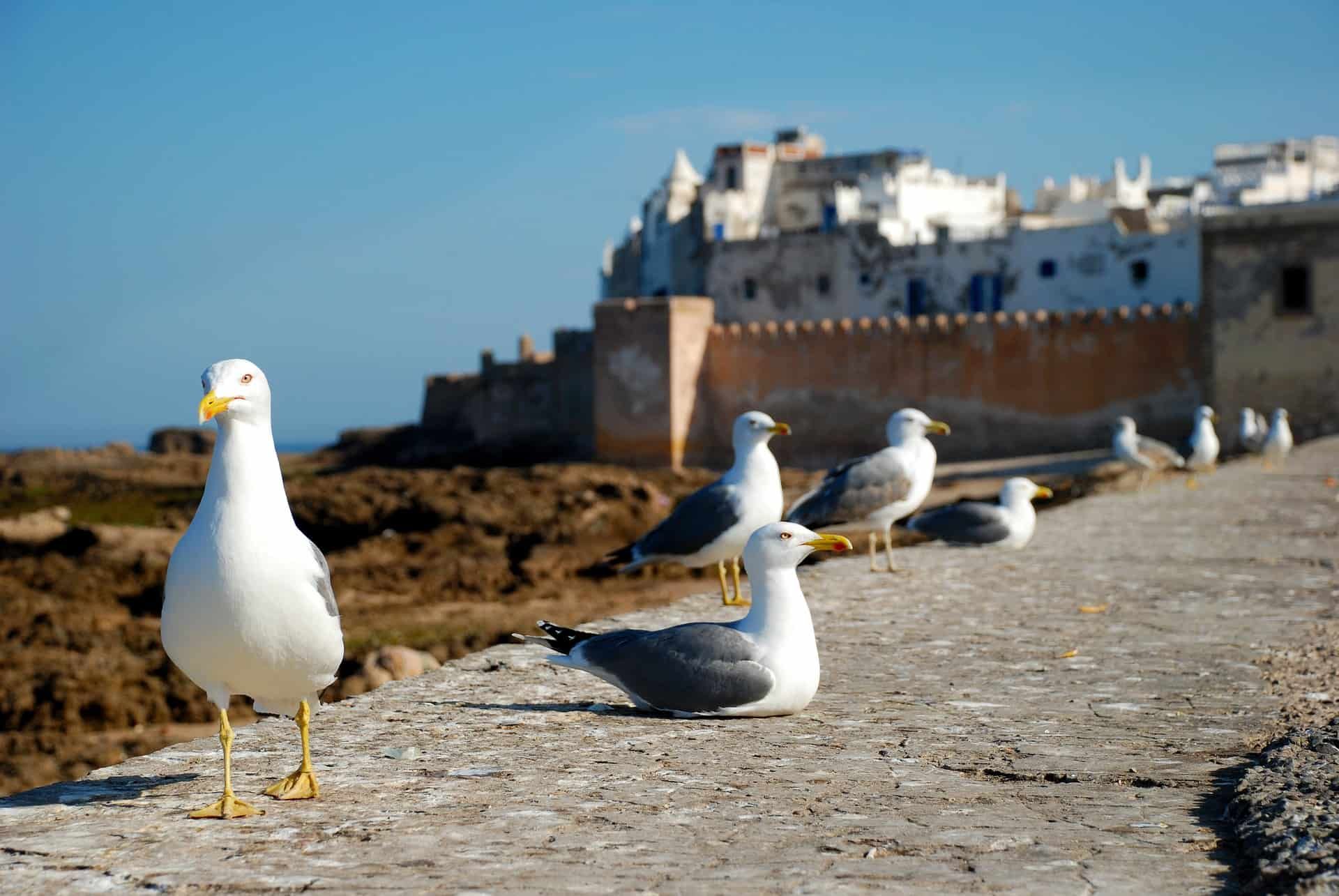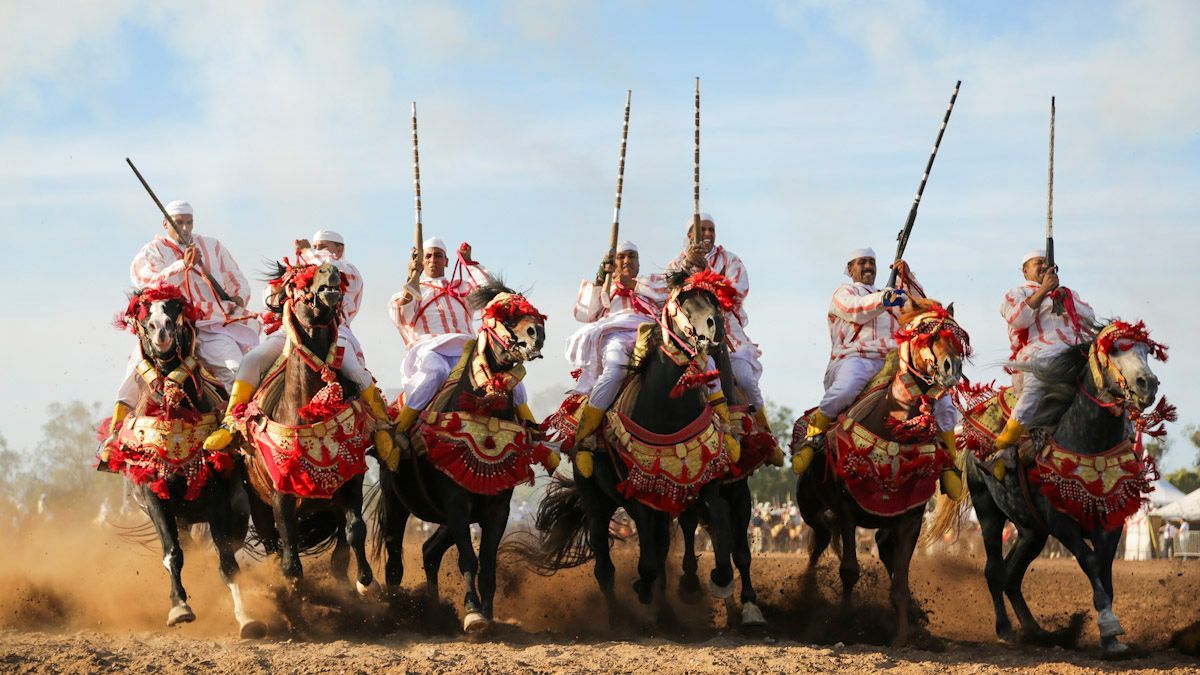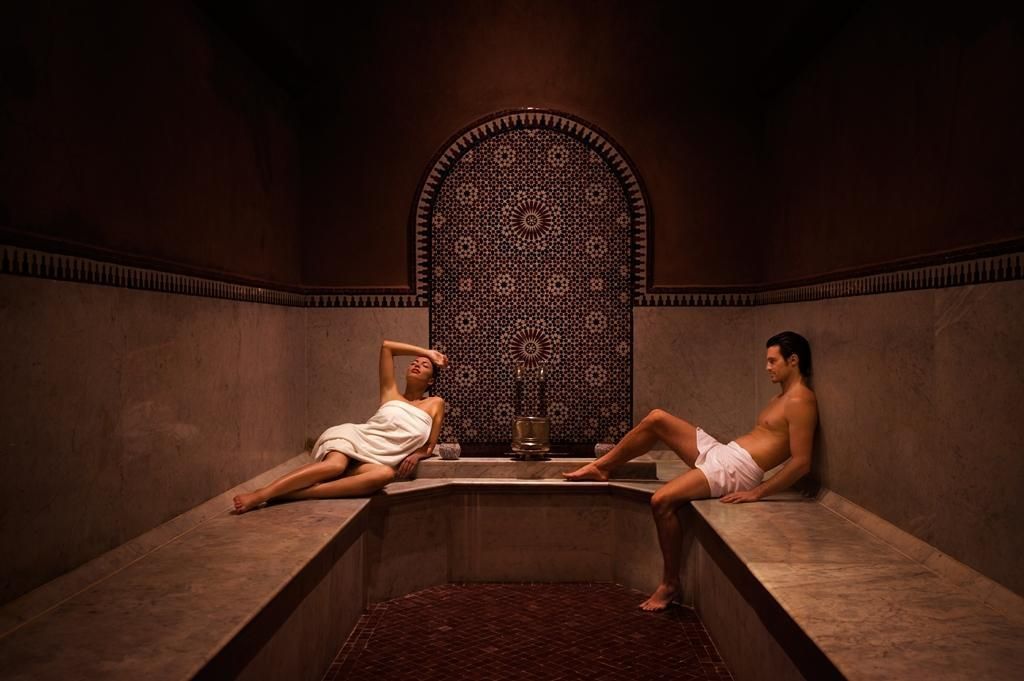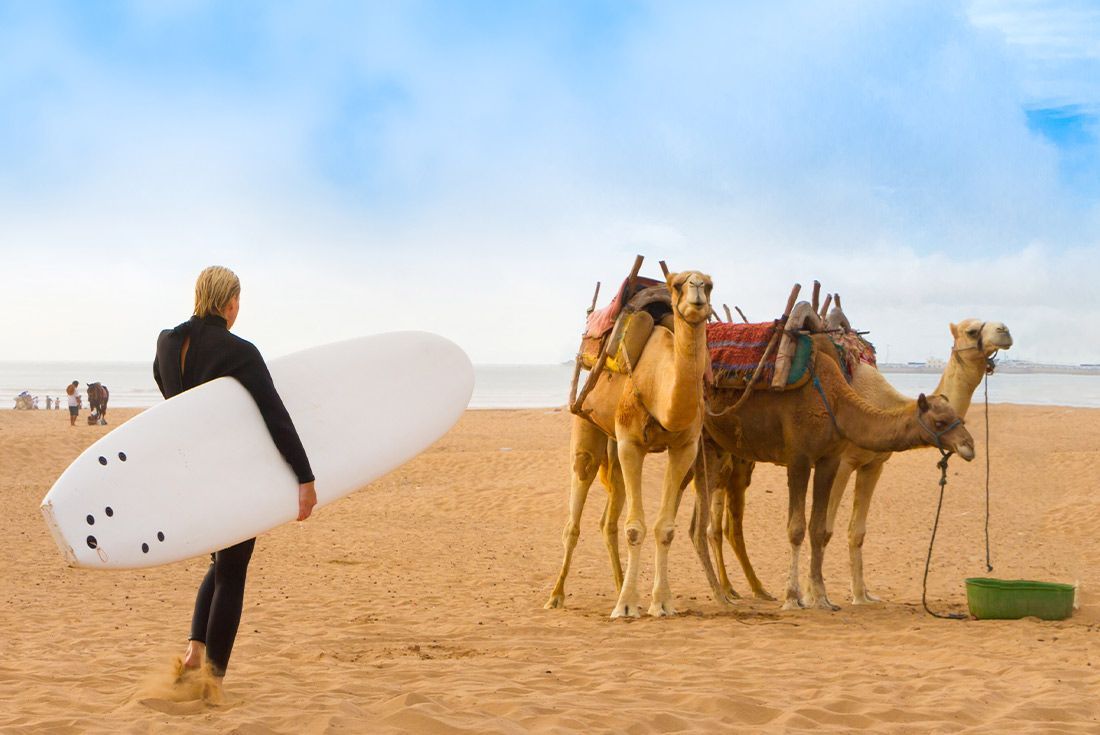A Guide to Exploring Morocco’s Imperial Cities: Rabat, Fes, and Meknes
Unveiling the Rich History of Morocco’s Imperial Cities: Your Ultimate Guide to Rabat, Fes, and Meknes
Morocco’s imperial cities—Rabat, Fes, and Meknes—are rich in history, culture, and architectural marvels. Each city has played a significant role in the country’s royal and cultural heritage, making them must-visit destinations for travelers eager to dive into Morocco’s past. Whether you’re exploring ancient medinas, grand palaces, or vibrant souks, these cities offer a unique glimpse into Morocco's diverse history. Here’s a guide to help you uncover the best of these imperial gems.
Rabat: The Modern Capital with Ancient Roots
As the capital of Morocco, Rabat seamlessly blends modernity with history. This coastal city offers a relaxed atmosphere, making it a perfect starting point for your exploration of Morocco’s imperial cities.
Top Attractions in Rabat:
- Hassan Tower: An incomplete minaret that dates back to the 12th century, the Hassan Tower is one of Rabat’s most iconic landmarks. Adjacent to it, the Mausoleum of Mohammed V houses the tombs of the royal family, making it a key historical site.
- Kasbah of the Udayas: A UNESCO World Heritage site, this ancient fortress offers stunning views of the Atlantic Ocean and is filled with narrow, picturesque streets lined with white and blue buildings.
- Chellah: An ancient Roman city and medieval necropolis, Chellah is one of the best places to explore Morocco's ancient history, with its overgrown ruins and beautiful gardens.
Fes: The Cultural and Spiritual Heart of Morocco
Considered the cultural and spiritual capital of Morocco, Fes is a city steeped in history. Its medieval medina, Fes el-Bali, is one of the world’s largest and best-preserved, offering a labyrinth of alleyways and souks that transport you back in time.
Top Attractions in Fes:
- Fes el-Bali Medina: A UNESCO World Heritage site, the medina is a maze of narrow streets filled with artisans, spice markets, and centuries-old mosques. Make sure to visit the iconic Bou Inania Madrasa and the University of Al Quaraouiyine, the world’s oldest university.
- Chouara Tannery: This centuries-old tannery is one of the most famous in Morocco, where you can witness the traditional process of leather-making from above.
- Dar Batha Museum: Housed in a 19th-century palace, the museum features an impressive collection of traditional Moroccan arts and crafts, from intricate woodwork to zellige (mosaic tilework).
Meknes: The Versailles of Morocco
Often overshadowed by Fes and Marrakech, Meknes is a hidden gem that was once the capital of Morocco under Sultan Moulay Ismail. Known for its grandiose architecture and less touristy atmosphere, Meknes offers a more intimate look into Morocco’s imperial history.
Top Attractions in Meknes:
- Bab Mansour: This colossal gate is one of the largest and most impressive in Morocco. Its intricate zellige tiles and towering structure make it a must-see.
- Heri es-Souani: These royal granaries and stables, built under Sultan Moulay Ismail, showcase the grandeur of his reign. The site is a testament to the engineering prowess of the time, designed to store grains and house thousands of horses.
- Volubilis: Just outside Meknes, this ancient Roman city is one of the best-preserved archaeological sites in North Africa. Wander through the ruins of temples, basilicas, and baths to explore Morocco's Roman history.
Why Visit Morocco’s Imperial Cities?
Visiting Rabat, Fes, and Meknes is like stepping into different eras of Morocco’s history. From the bustling, maze-like streets of Fes’s ancient medina to the serene, well-planned avenues of Rabat, each city offers a unique perspective on Morocco’s royal and cultural past. Meknes, with its grand gates and palaces, provides a quieter but equally captivating experience.
These imperial cities are not only historical treasures but also vibrant hubs of contemporary Moroccan life. Exploring them offers an unparalleled journey into Morocco's complex and fascinating history, culture, and art.
Tips for Exploring Morocco’s Imperial Cities
- Hire a Local Guide: Each imperial city is rich in history and hidden details that a local guide can help uncover. Guided tours ensure you don’t miss out on any key attractions.
- Time Your Visits: The medinas of Fes and Meknes can get crowded. Early morning or late afternoon visits will help you avoid the busiest times.
- Stay in a Riad: Immerse yourself in the local culture by staying in a traditional Moroccan riad. These guesthouses offer an authentic experience with stunning Moroccan architecture and hospitality.
How to Travel Between the Cities
Rabat, Fes, and Meknes are well-connected by train and bus, making it easy to explore them in one trip. The ONCF train network offers comfortable and affordable travel options, with scenic views along the way. Alternatively, private tours can offer customized itineraries if you prefer a more curated experience.
Uncover the Magic of Morocco’s Imperial Cities
If you're planning a trip to Morocco, exploring its imperial cities—Rabat, Fes, and Meknes—should be at the top of your list. Each city offers a unique blend of history, culture, and architecture that provides a deep insight into Morocco's royal and religious heritage. From the towering gates of Meknes to the bustling souks of Fes and the serene coastal vibes of Rabat, Morocco’s imperial cities are a journey through time that every traveler should experience.




